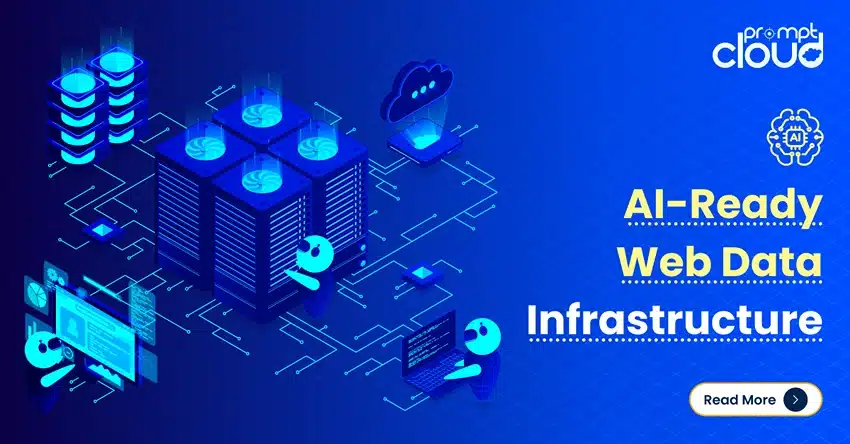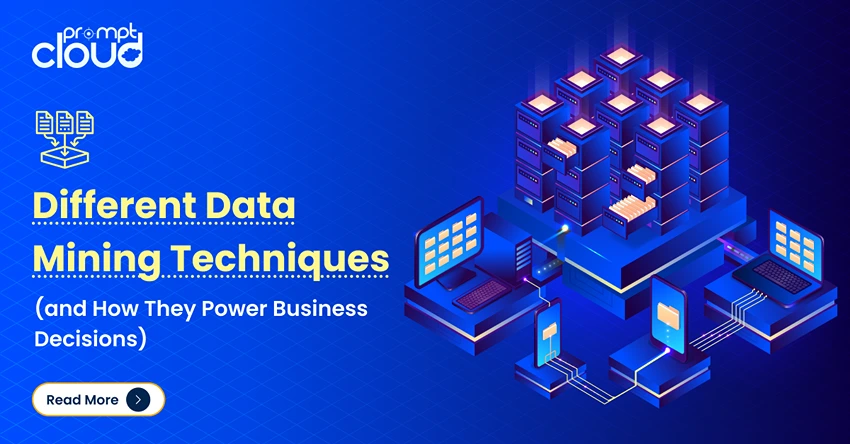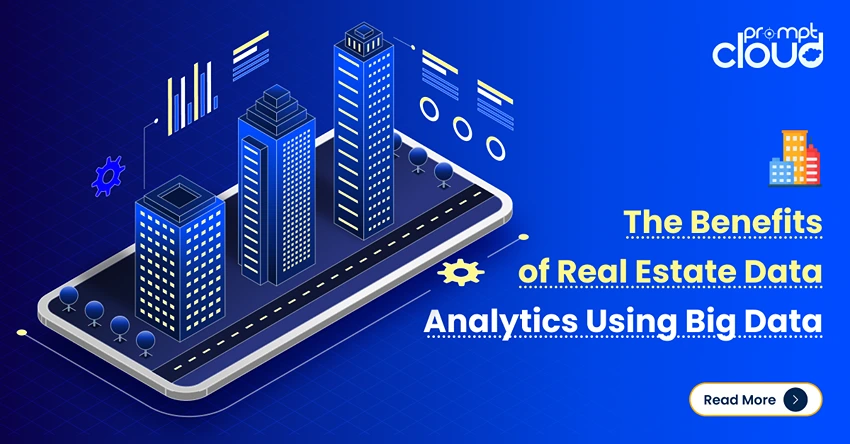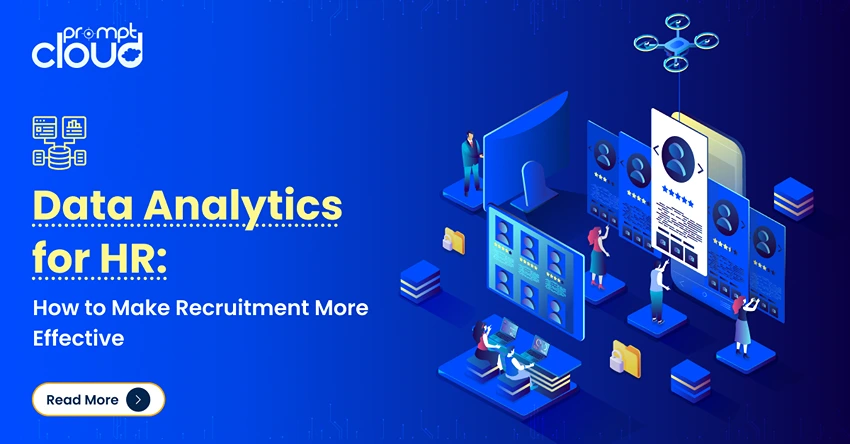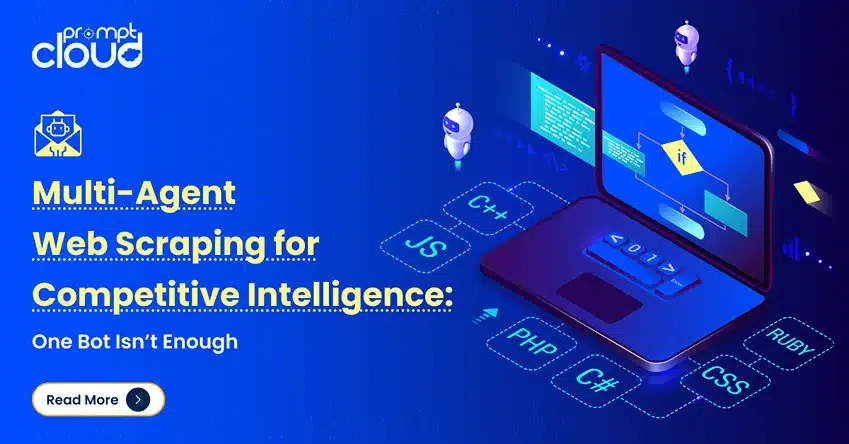
Introduction
If you rely on Amazon EC2 for a large chunk of your infrastructure, you’ve probably faced the classic question: Should we stay flexible with On-Demand instances, or commit to Reserved Instances to save money? On the surface, it sounds simple. On-Demand gives you complete freedom with no long-term lock-ins, while Reserved Instances lower your hourly rate but require a 1-year or 3-year commitment.
But in real-world usage, the decision is rarely straightforward. Workloads don’t always run at 100 percent. Traffic fluctuates. Teams shift architectures. And EC2 pricing has enough variables—instance types, payment options, utilization levels, and term lengths that many engineering teams end up guessing rather than calculating.
This is exactly where cost planning becomes critical. Understanding amazon ec2 on demand pricing versus the long-term economics of Reserved Instances helps you avoid two costly extremes: overpaying for flexibility you don’t need or being locked into a commitment you can’t fully utilize.
With years of hands-on experience running large-scale infrastructure on AWS, PromptCloud built a simple way to calculate your break-even points more accurately. Our updated 2025 EC2 On-Demand vs Reserved Instance Price Calculator lets you drag a few sliders usage hours and commitment duration—and instantly see which option saves you more.
Before you jump into the calculator, let’s break down how EC2 pricing works, what the break-even numbers actually mean, and how to think about long-term cloud cost planning.
Understanding Amazon EC2 On-Demand Pricing
Amazon EC2 On-Demand pricing is the simplest and most flexible way to pay for compute. You pay by the hour or by the second depending on the instance family, with zero commitments. But that simplicity comes with a premium. On-Demand pricing is the most expensive way to run EC2 if your workloads are predictable or long-running.
Here’s what defines On-Demand pricing:
- Pay-as-you-go model
You only pay for the compute hours you actually use. No upfront cost and no contract. This is ideal for unpredictable workloads or early development phases. - Highest hourly cost
The flexibility comes with the highest per-hour price. If your workload runs continuously or even semi-continuously, costs stack up quickly. - Scales instantly
Perfect for environments where you need to add or remove instances rapidly without planning capacity. - Great for short-term or burst workloads
Examples include load testing, short analytics jobs, early-stage deployment testing, or unpredictable traffic spikes. - Not optimized for stable, always-on workloads
If you’re running an EC2 instance 24/7, On-Demand is usually the most expensive strategy.
Even though On-Demand is convenient, it’s important to understand its impact. A single instance running non-stop can cost thousands of dollars more annually compared to a Reserved Instance. That’s why understanding amazon ec2 on demand pricing in context with your usage pattern is the first step to evaluating whether Reserved Instances can save you money.
What Are Reserved Instances and How Do They Work
Reserved Instances are Amazon’s way of rewarding long term commitment. Instead of paying the full On Demand rate, you commit to using a specific instance family in a specific region for either one year or three years. In return, AWS gives a much lower hourly rate.
Unlike On Demand pricing, Reserved Instances require planning and a clear understanding of your workload. They are best suited for applications that run consistently because the savings come from predictable usage.
Here is how Reserved Instances work.
- Lower hourly cost
By committing to a term you unlock discounted hourly rates that can reduce your EC2 bill by a significant margin. - Payment flexibility
You can choose all upfront, partial upfront or no upfront. All upfront gives the biggest discount while no upfront still offers meaningful savings. - Best for consistent workloads
If your application runs for most of the month a Reserved Instance usually saves you money. - Applies to specific instance attributes
You commit to attributes like instance family and region. This means flexibility is reduced compared to On Demand. - Savings depend on utilization
If your instance sits idle for long periods the Reserved Instance may not pay off. This is why utilization calculation is critical.
Reserved Instances are ideal for environments where compute needs are predictable such as web services, databases, internal tools, analytics platforms or steady production applications. However, the benefit depends entirely on how close your actual usage is to your committed hours. This is where the break even calculation becomes essential.
Break Even Utilization Explained
The biggest question teams face is simple. At what point does a Reserved Instance actually save money compared to On Demand? The answer depends on something called break even utilization. This is the minimum percentage of time an instance must be running for a Reserved Instance to cost less overall.
Break even is not a guess. It is a straightforward comparison of two cost curves. One curve represents the steady but higher hourly rate of On Demand. The other curve represents the lower hourly rate of a Reserved Instance combined with any upfront payment. Where the two curves intersect is your break even point.
Think of break even utilization as your decision threshold. If you expect your instance to run more than that percentage of time a Reserved Instance is likely a better deal. If you expect lower usage On Demand remains the safer choice.
Here is what influences break even utilization.
- Length of commitment
A three year term gives a deeper discount which means the break even point is lower. - Payment option
All upfront payment lowers the hourly rate the most which lowers the break even threshold. No upfront payment raises the threshold slightly. - Instance type and region
Discounts vary across instance families and regions so break even is never a single universal number. - Workload behavior
Workloads that run continuously usually cross the break even point easily. Variable or seasonal workloads may not.
With the right numbers the break even calculation becomes clear. AWS provides generic examples but your real usage pattern gives the accurate answer. That is why a calculator is useful. It lets you adjust hours and see exactly where the cost lines cross.
Break Even Utilization Table (Updated and Modernized)
To make the comparison clearer, here is an updated break-even table based on typical AWS discount patterns for 1-year and 3-year Reserved Instances across Light, Medium, and Heavy utilization models. These figures help illustrate how quickly Reserved Instances begin to outperform amazon ec2 on demand pricing once usage becomes consistent.
| Utilization Type | 1-Year Reserved Instance Break Even | 3-Year Reserved Instance Break Even |
| Light Utilization | 28 percent | 11 percent |
| Medium Utilization | 41 percent | 19 percent |
| Heavy Utilization | 56 percent | 35 percent |
These break-even numbers show a simple pattern. Lower commitments require higher utilization to pay off. Longer commitments trigger deeper discounts and therefore break even much faster.
For example, a one year Heavy RI needs more than half your instance hours to be worthwhile. A three year Light RI needs barely more than ten percent usage to beat On Demand. This is why workload predictability plays a central role in choosing the right pricing model.
How PromptCloud’s EC2 Price Calculator Helps
Choosing between On Demand and Reserved Instances sounds easy until you start running the numbers yourself. Every workload has a different pattern of usage. Some run twenty four by seven. Some run only during business hours. Others scale up and down based on traffic or batch processing needs. A fixed AWS example rarely reflects your reality.
PromptCloud created this calculator to eliminate that guesswork. Instead of comparing charts on AWS pricing pages you simply adjust two sliders. One for the number of hours your instance runs each month and one for the duration you want to analyze. The calculator then computes real cost differences between amazon ec2 on demand pricing and various Reserved Instance options.
Here is what the calculator makes easier.
- Accurate break even calculations
No more estimating or manually calculating usage thresholds. You get the exact point at which costs align or diverge. - Side by side pricing comparison
Instantly compare On Demand costs against one year and three year Reserved Instance options with different payment methods. - Real time updates
As AWS releases new prices or adjusts regional rates the calculator reflects the latest numbers. - Better planning for engineering and finance teams
Teams can plan infrastructure growth with clearer budgeting and predictable cloud spend. - Fewer surprises at the end of the month
By estimating future costs based on historical or expected usage the calculator helps prevent bill shock.
The more consistently your workloads run the more valuable this calculator becomes. It tells you exactly how much you can save and how quickly your upfront commitment pays for itself.
Key Differences Between On Demand and Reserved Instances
Understanding the differences between these two pricing models helps you choose the option that aligns with your workload, budget and long term strategy. While both offer compute power through Amazon EC2, their cost structures and commitment levels are very different. Here is a clear comparison to guide your decision making.
Comparison Table
| Criteria | On Demand Instances | Reserved Instances |
| Pricing Model | Pay per hour or per second with no commitment | Discounted hourly rate with one or three year commitment |
| Flexibility | Highest flexibility for scaling up or down | Lower flexibility due to commitment requirements |
| Upfront Payment | None | Optional (no upfront, partial upfront, all upfront) |
| Cost Predictability | Low due to variable workloads and peak usage | High because hourly cost is fixed for the term |
| Best Use Cases | Short term, unpredictable or burst workloads | Stable and predictable workloads that run consistently |
| Savings Potential | Lowest savings | Highest savings when utilization is consistent |
This comparison shows the core trade off. On Demand offers convenience and freedom but at a cost. Reserved Instances require planning and commitment but deliver meaningful cost reductions when used correctly.
If you run development, testing, seasonal tasks or unpredictable traffic patterns On Demand may still be the better fit. If your workloads run for hundreds of hours each month, Reserved Instances quickly become the smarter financial choice.
Advanced Cost-Optimization Strategies for Amazon EC2
In 2025 the question of “On-Demand or Reserved?” remains central to cloud cost planning, yet many teams still rely on rough estimates, not data-driven calculations. The latest AWS documentation confirms that Reserved Instances (RIs) can provide discounts of up to 72% compared to On-Demand pricing when applied to the right workloads.To get maximum value you need more than a break-even table: you need a holistic strategy.
Blended Workload Strategy
One of the most effective models is mixing pricing options dynamically across your portfolio:
- Use On-Demand or Spot Instances for short-term, unpredictable, seasonal or highly variable workloads. These give full flexibility while you test or scale.
- Use 1- or 3-year Reserved Instances (or Savings Plans which are an alternative) for stable, baseline workloads. They lock in lower rates when usage is predictable.
- Continuously monitor usage patterns and shift instances between categories. Many tools recommend reviewing usage monthly or quarterly rather than annually.
This blended model ensures you’re not over-committing but still harvesting savings where you can. For example, if you notice a batch analytics system runs 18,000 hours annually and is unlikely to change, that might be an ideal candidate for RI commitment.
Right-Sizing and Continuous Monitoring
Even with the correct pricing model, inefficiencies such as oversized instances or unused hours erode savings. For example:
- A Reserved Instance is locked in even if the instance is turned off or underutilized— you still pay for hours committed.
- On the other hand, On-Demand might be paying for idle time if you don’t shut down unused instances.
Key actions include:
- Tracking actual hours used per instance monthly.
- Comparing actual utilization versus committed hours.
- Using AWS Cost Explorer or third-party tools to identify idle or under-utilized instances.
- Adjusting instance sizes, families or region placement to match workload needs.
As one practitioner noted online:
“Switching to a reserved instance just saved my small nonprofit $240 a year.” This emphasizes that even modest usage leads to measurable savings when you apply the right model.
Evaluating Flexible Alternatives: Savings Plans
While your focus may be on On-Demand vs Reserved Instances, it’s important to consider alternative commitment models. AWS Savings Plans offer similar discounts (~up to 72%) but with more flexibility on instance type, family, and region. If your workload mix changes often or you want to retain flexibility while still saving cost, Savings Plans might outperform classic RIs, especially for unpredictable usage.
Forecasting Break-Even with Real-World Data
Your calculator should consider not just hours, but:
- Expected growth or reduction in usage (forecast next 1-3 years).
- Potential migration to smaller or newer instance types.
- Regional or availability zone shifts.
- Additional savings from volume discounts (for large RI portfolios AWS applies additional discounts beyond baseline).
- Trade-offs between all upfront vs partial or no upfront payment.
In practice, the break-even utilization threshold (the number of hours your instance must run to justify an RI) can vary widely depending on payment option, instance family, region and term. The sample table earlier showed simplified thresholds like 28%, 11% for light usage. But deeper analysis might show, for certain instance families in 2025, savings begin even at 40–50% utilization if upfront payments are higher.
Risk Management and Exit Strategy
One of the criticisms of Reserved Instances is the risk of locking into resources you no longer need. If your workload shrinks or shifts families, the RI may become a cost liability. Unlike On-Demand, you cannot simply stop paying. AWS partially mitigates this via the RI Marketplace or Convertible RIs, but these come with operational overhead and potential loss. Tech teams should build a review process:
- bi-annual check of all Reserved Instances and usage vs forecast
- mark instances for potential transition, sale or conversion
- document flexibility by mixing fixed commitments (RIs) with flexible options (On-Demand/Spot).
This governance approach ensures you capture savings without being locked into inefficiency.
Future Trends Shaping EC2 Pricing in 2025
Several changes are shaping how you should view pricing today:
- AWS continues to expand Savings Plans and flexible commitment alternatives, making classic RIs less dominant in new architectures.
- Instance types evolve rapidly (Graviton/ARM, next-gen CPUs) meaning today’s RIs may not match tomorrow’s performance needs—right-sizing becomes more important.
- Data transfer, storage and network costs increasingly matter in total cost of ownership; make sure you include these when estimating cloud spend.
- Automation of cost optimization via AI and machine learning is rising. Tools that continuously move workloads between pricing models or instance types based on real-time data are becoming mainstream.
If your cost‐optimization strategy does not incorporate these shifts, you risk falling behind.
Conclusion
Cloud compute spending is one of the largest recurring costs for modern engineering teams, which is why choosing between Amazon EC2 On Demand pricing and Reserved Instances should never be left to guesswork. The difference between the two models is simple on the surface but becomes complex once real workloads, seasonal changes, application growth, and architectural shifts enter the picture. On Demand gives full freedom and instant scalability, but it comes with a premium that grows quickly when workloads run for long periods. Reserved Instances lower the hourly rate significantly, but they require accurate forecasting and a clear commitment.
By looking closely at usage patterns and understanding how many hours each instance runs over a year, it becomes clear that the right pricing model depends on the consistency of the workload. Predictable applications such as backend APIs, internal tools, analytics systems, and production databases usually benefit from Reserved Instances, since even moderate utilization can cross the break even point. Variable or burst oriented workloads often align better with On Demand, because flexibility saves more than long term discounts. The challenge is identifying where each workload fits. This is why purely relying on AWS examples or assumptions usually leads to overspending.
PromptCloud’s updated calculator helps remove the uncertainty from this decision. Instead of trying to compare charts manually, teams can simply enter their expected usage hours and immediately see which option delivers lower total cost. This makes planning easier for engineering and finance teams, especially when deciding how many one year or three year commitments make sense. When supported by continuous monitoring, right sizing, and periodic reviews, this tool becomes part of a long term strategy for optimizing cloud spend.
The larger shift in 2025 is that cloud cost optimization is no longer about choosing one pricing model for everything. It is about choosing the right combination. Some workloads stay On Demand. Some shift into Reserved Instances. Others may eventually move into Savings Plans. The result is a balanced portfolio where you get predictable savings without losing the flexibility required for modern deployments.
In the end, the goal is not only to reduce cost but to make smarter, data backed decisions. With a clear understanding of amazon ec2 on demand pricing, accurate break even calculations, and a simple way to model usage, teams can avoid waste and invest their cloud budget in the places that drive the most value. Cost optimization is not a one time exercise. It is a continuous process, and the right tools and insights make that process significantly more effective.
Want to dig deeper into related topics like analytics, data delivery and competitive intelligence? Check out these PromptCloud resources:
- Market Sentiment Web Scraping
- JSON vs CSV for Web-Crawled Data
- Google AdWords Competitor Analysis with Web Scraping
- Best GeoSurf Alternatives 2025
For the official breakdown of pricing models and detailed cost examples from AWS, see the AWS documentation: What’s the difference between On-Demand Instances and Reserved Instances?
FAQs
If your workload runs consistently for a large percentage of hours each year (often above 40–60 %), and you expect little change in instance type or region, a Reserved Instance often offers lower total cost than On-Demand.
That’s one of the major risks of RIs. If usage drops or shifts to a different instance type/family, you could pay for unused capacity. Some recovery options exist via the RI Marketplace or Convertible RIs, but they may reduce your savings.
Not always—but for mixed or evolving workloads they tend to offer more flexibility with almost as much savings. Savings Plans are worth considering if you cannot accurately forecast instance attributes or region usage for 1–3 years.
At minimum, review quarterly. Monthly reviews are better if you run large fleets. Tracking actual vs committed hours, forecast changes, rightsizing needs and region shifts helps you stay optimized rather than locked in.
Yes. A hybrid strategy is often the most efficient. Use On-Demand for bursty or unpredictable workloads, Reserved or Savings commitments for your baseline steady usage. This blend captures flexibility and savings.










